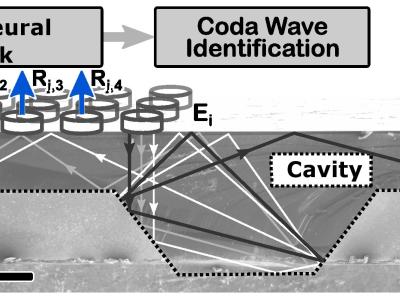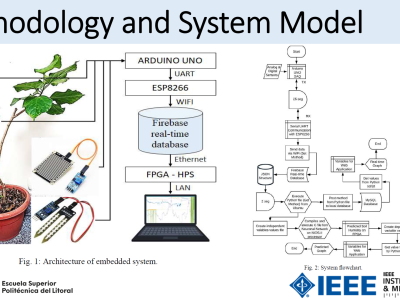Ultra High Frequency Acoustic Coda Waves

- Citation Author(s):
-
Nikolay Smagin (IEMN-DOAE of Polytechnic University Hauts-de-France)Hatem Dahmani (IEMN-DOAE of Polytechnic University Hauts-de-France)Julien Carlier (IEMN-DOAE of Polytechnic University Hauts-de-France)Ihsen Alouani (IEMN-DOAE of Polytechnic University Hauts-de-France)
- Submitted by:
- VENU BABU THATI
- Last updated:
- DOI:
- 10.21227/h4xq-4h55
- Data Format:
- Research Article Link:
 327 views
327 views
- Categories:
- Keywords:
Abstract
Due to the multi-path propagation and extreme sensitivity to minor changes in the propagation medium, the coda waves open new fascinating possibilities in non-destructive evaluation and acoustic imaging. However, their noise-like structure and high spurious sensitivity for ambient conditions (temperature, humidity, and others) make it challenging to perform localized inspection in the overall coda wave evolution. While existing deterministic solutions reach their limit in handling complex data, emerging techniques such as deep learning-based algorithms have shown a promising potential to overcome these limitations. This paper proposes a deep neural network that paves the way to make the complex features of coda waves more handleable to reliably exploit coda waves in several applications even in a changing or unstable environment. Specifically, designed a Coda-Convolutional Neural Network that is able to identify coda waves with 95.65% precision in a silicon chaotic cavity including 5 emitters and 16 receivers using ultra-high frequency ultrasonic coda waves.
Instructions:
Combine the data from different zip files into a single folder to process it on the source code








